The following article comes from I am Design Wet, author Wang Mengqi

Design dry goods information and tutorials
Authorization transferred from: I am Design Wet ID: zy-design
Some time ago, I intensively read many cases about the artistic characters of the Republic of China. The more I read, the more I felt guilty, and I found that although we have already started to design such artistic fonts with computers, there are many tools for assistance, alignment and cutting. Effects has a lot of tools that look very advanced. However, compared with seventy or eighty years ago, the font design industry does not seem to have particularly developed.
For example, three-dimensional characters, in fact, most designers can’t draw them now, even with computers. However, we have seen many such cases in the Republic of China, and there are even many three-dimensional effect characters at present, which basically refer to a continuation and improvement of that period.
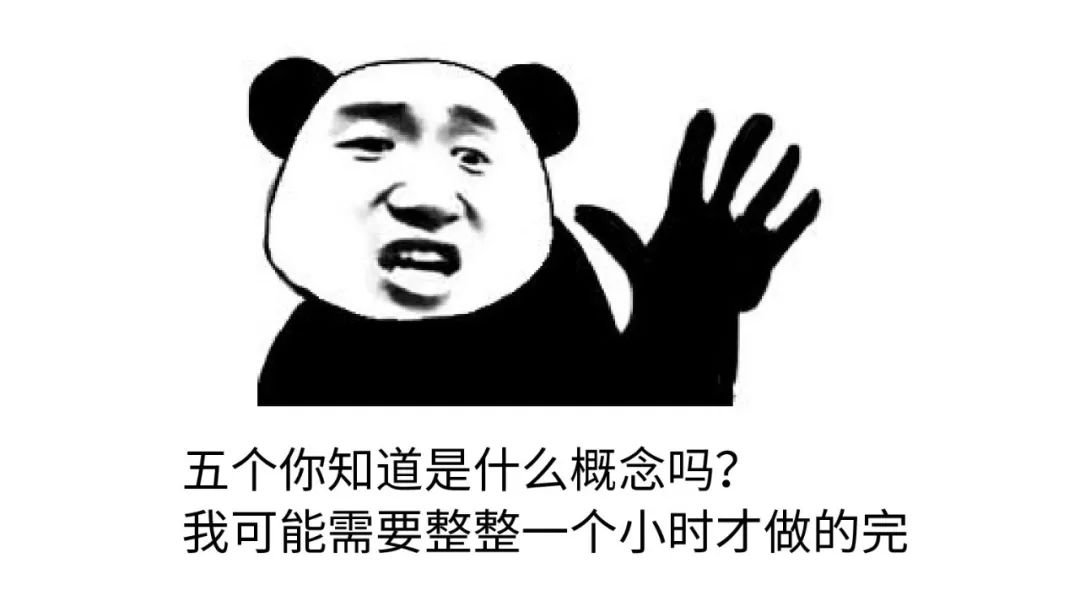
Seeing here, many students may have fallen into self-doubting meditation.
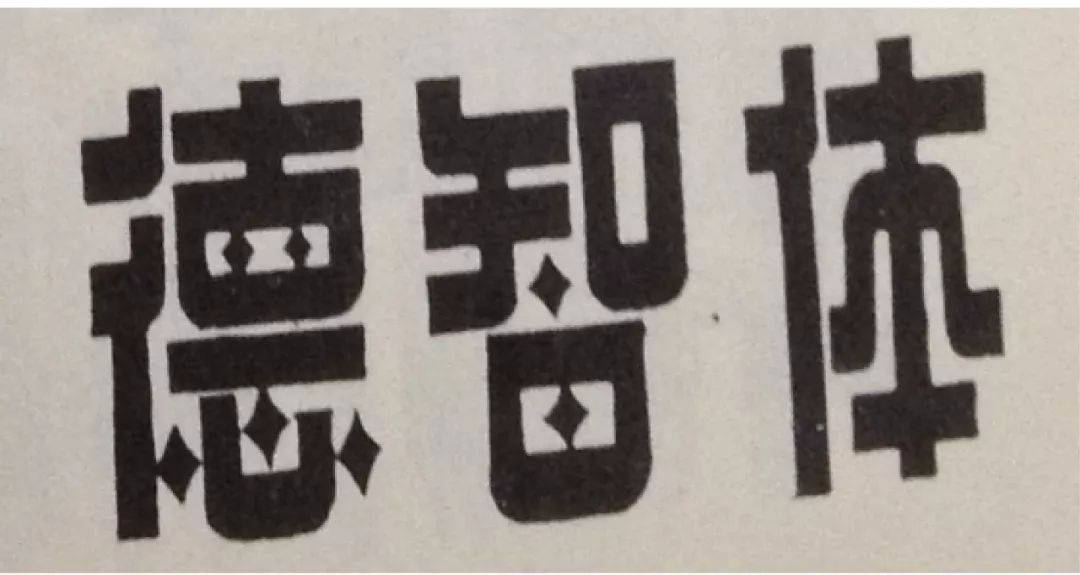
Even many, many fonts on our current computers are inspired by some artistic characters in the Republic of China period, but there are still many cases that have not been "utilized", so we use five cases to demonstrate in this issue Take a look at how to learn from references and then complete your own work.
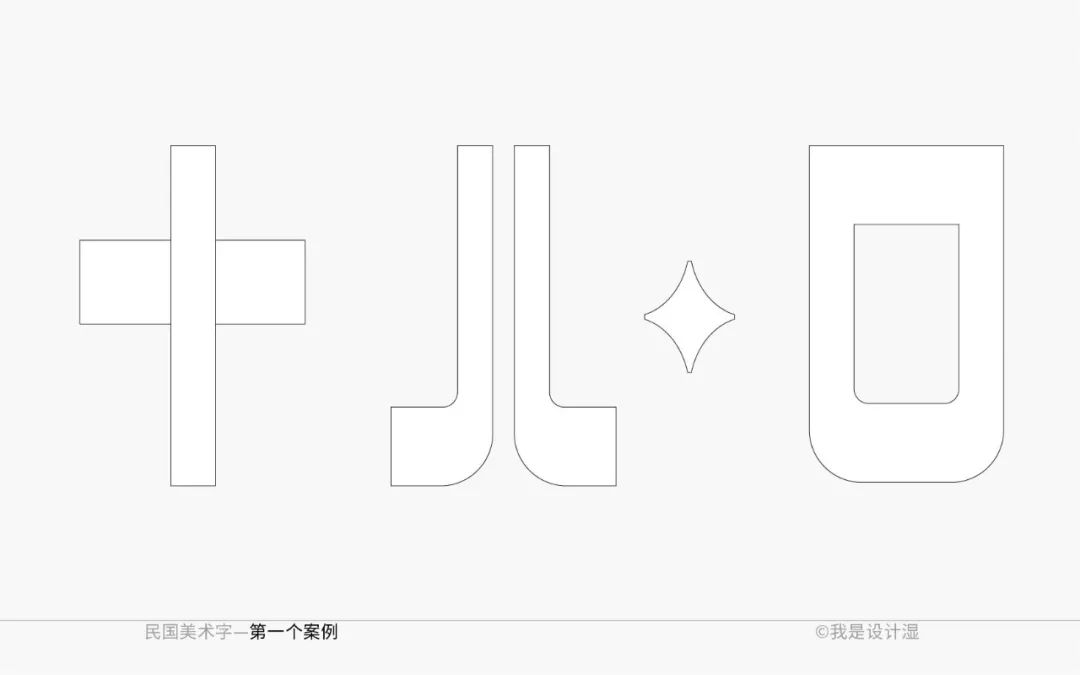
There are many cases of art fonts. First of all, if you have more font design needs, my suggestion is to organize them into a relatively large material library, which of course requires a collection process.
Someone raised their hand to ask, why don't you give it? do not give.
Let's look at the first case. The first step is of course to find the reference direction you want.
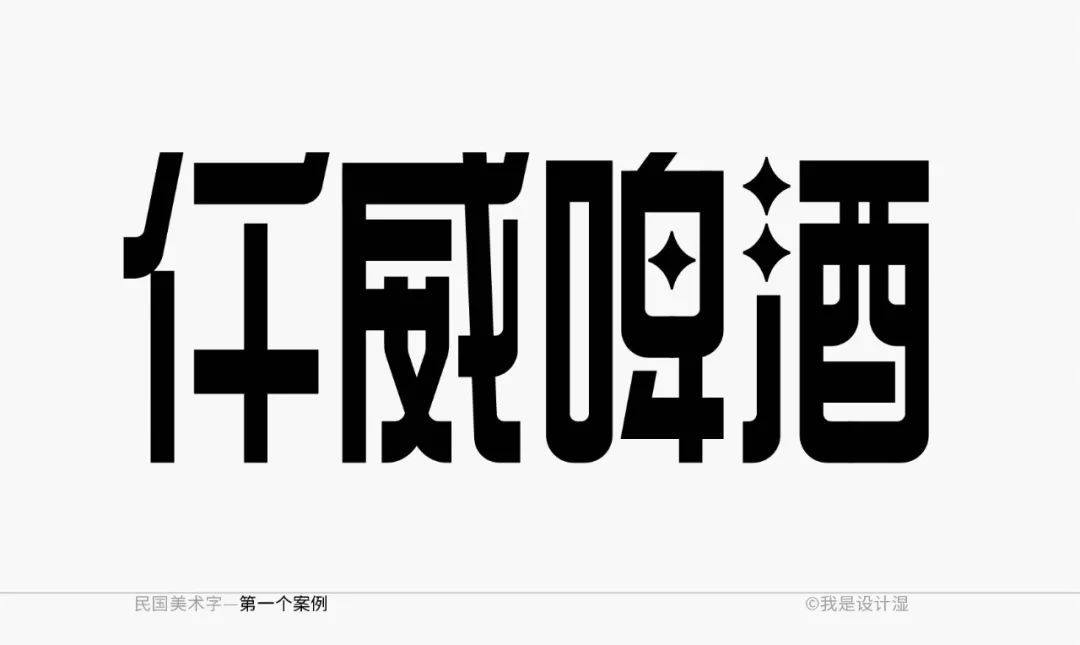
This glyph is very characteristic.
The first is horizontal thickness and vertical thinness, which is a thickness ratio that we hardly see.
The second is the change of the left and right sides.
The third is the special handling of points.
The fourth is the rounding of the mouth.
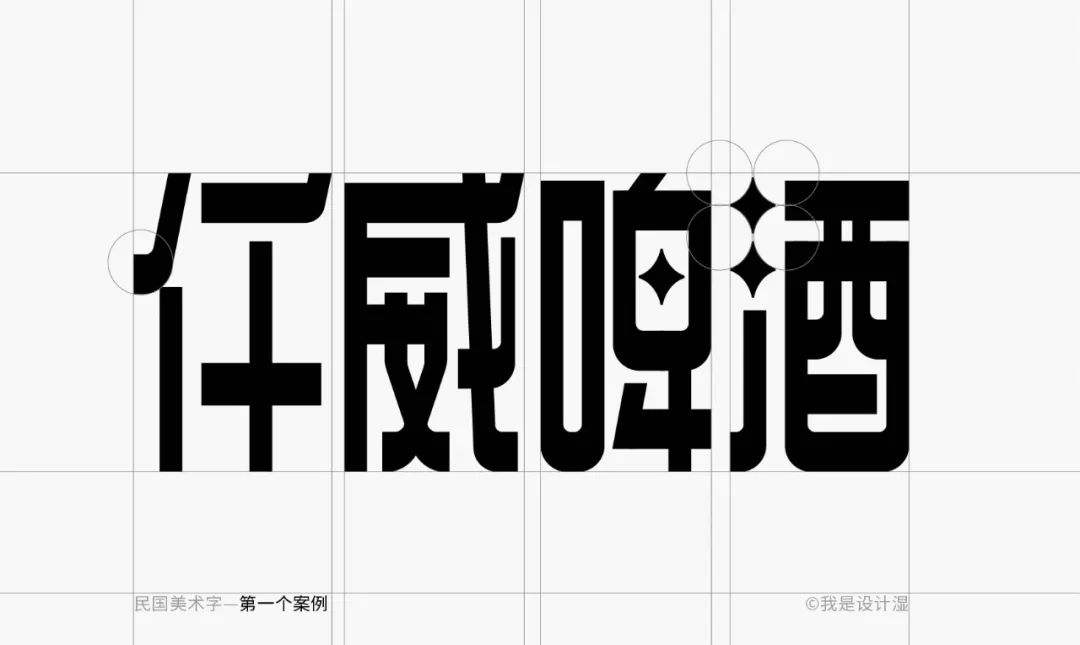
After confirming the thickness variation and stroke characteristics, we need to use these strokes in the topic we are going to do.
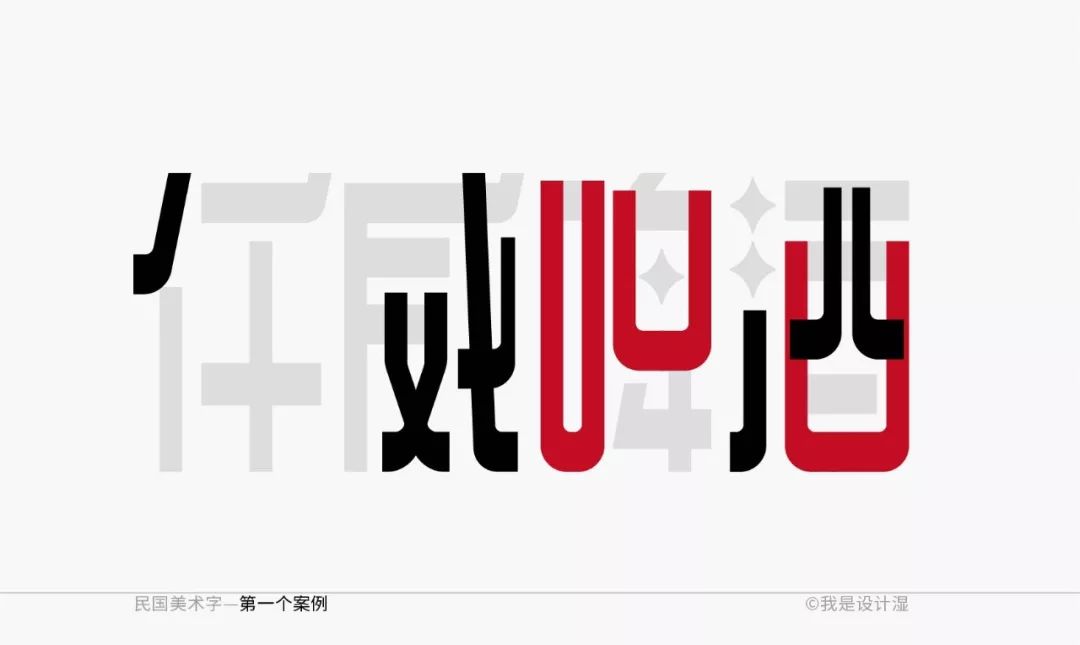
Although the character features are many and fancy, it is still very important to handle the details well.
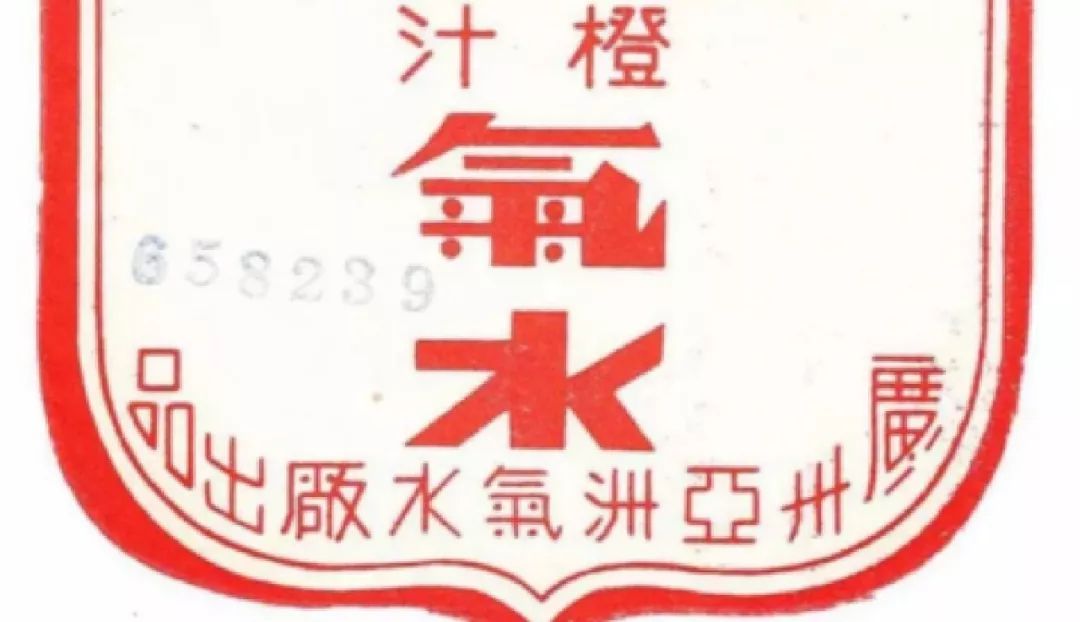
I tried to make the strokes of several parts as uniform as possible. Let's take a look at the details.
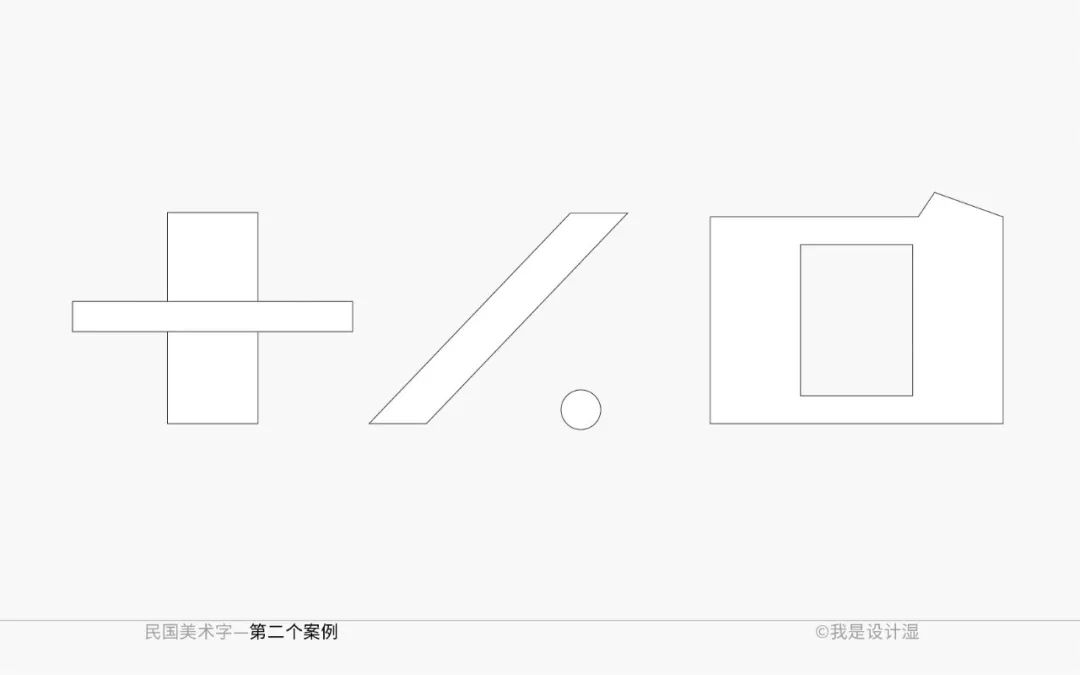
Let's look at the second case, first find the reference direction.
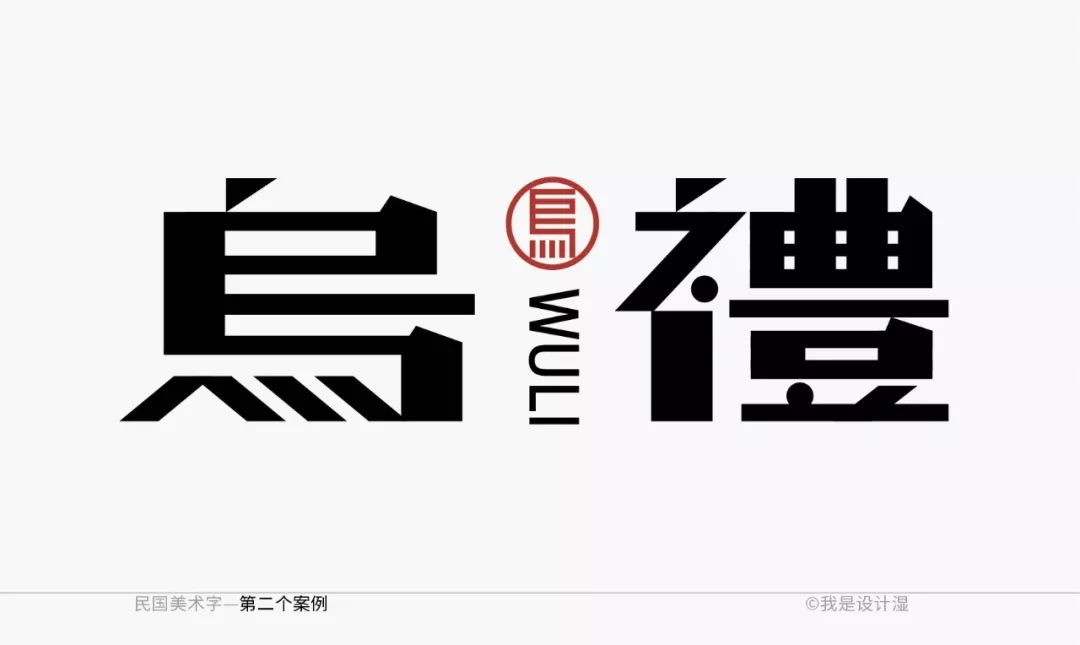
The character of is also very characteristic. Although we will feel that the basic strokes are not so completely unified when we look closely, it is the category of artistic characters after all, and the overall characteristics can be unified.
To extract the strokes, find the parts that you think stand out and pick them out.
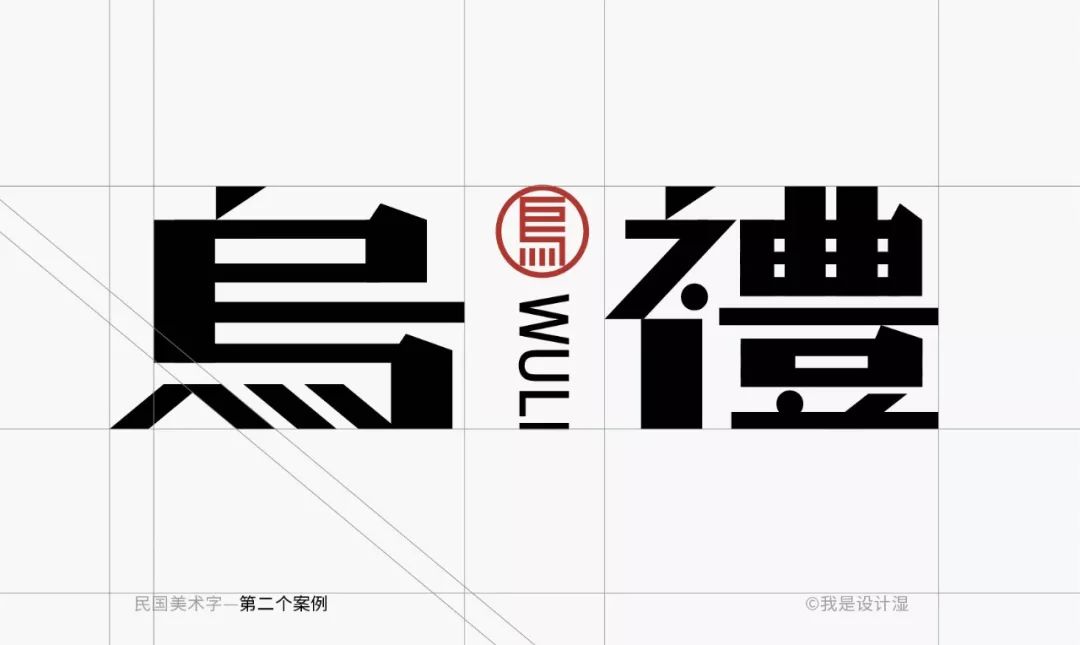
After we pick out the features, we will find that some features are not enough, so we need to create again in this glyph, not limited to reference.
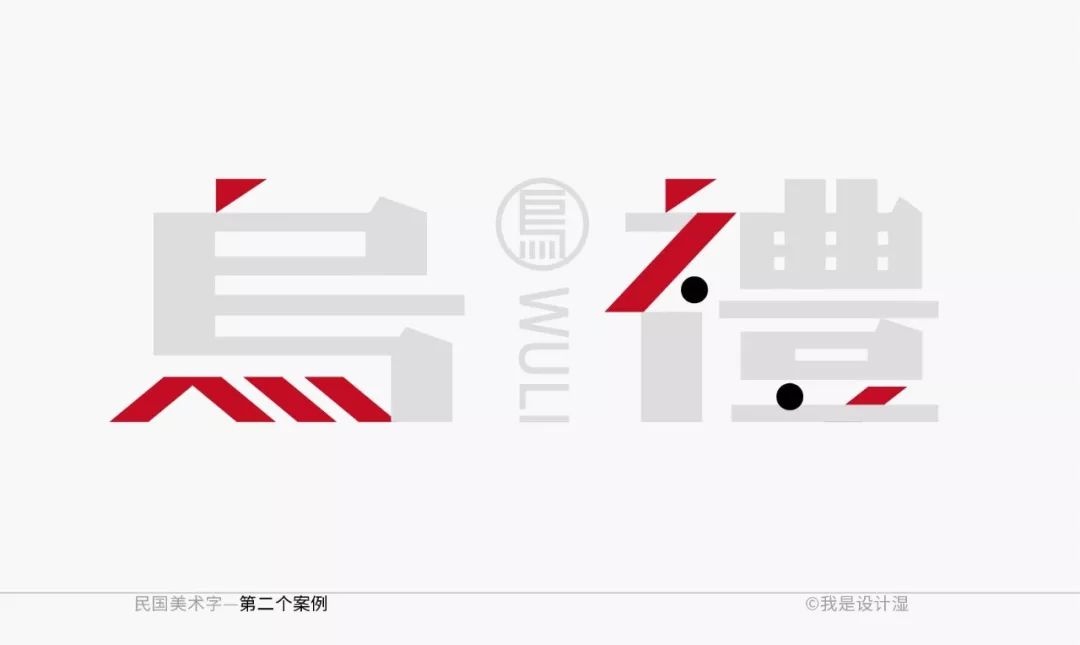
Use standard drafting to check details such as alignment or even distribution of strokes.
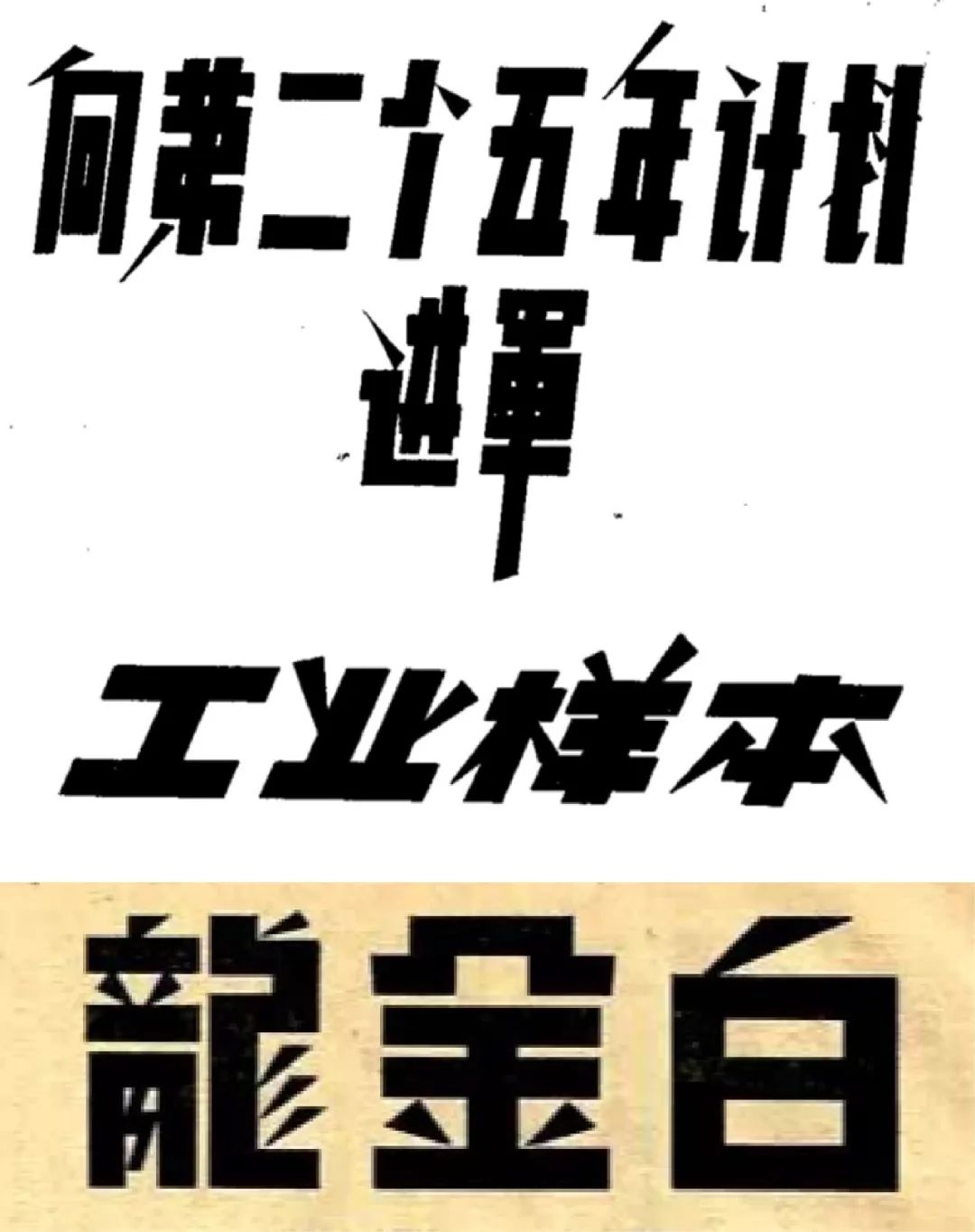
Look at the specific details, mainly from several characteristics.
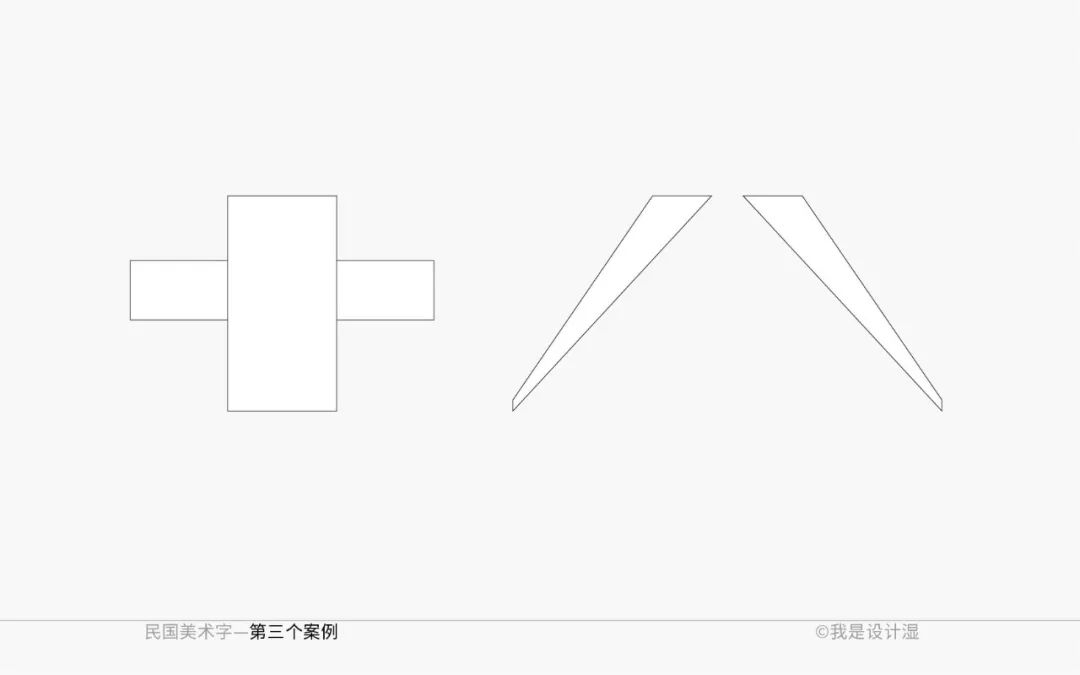
In the third case, I found quite a lot of reference directions in this group. You may often see this kind of glyphs, but you may not have used them.
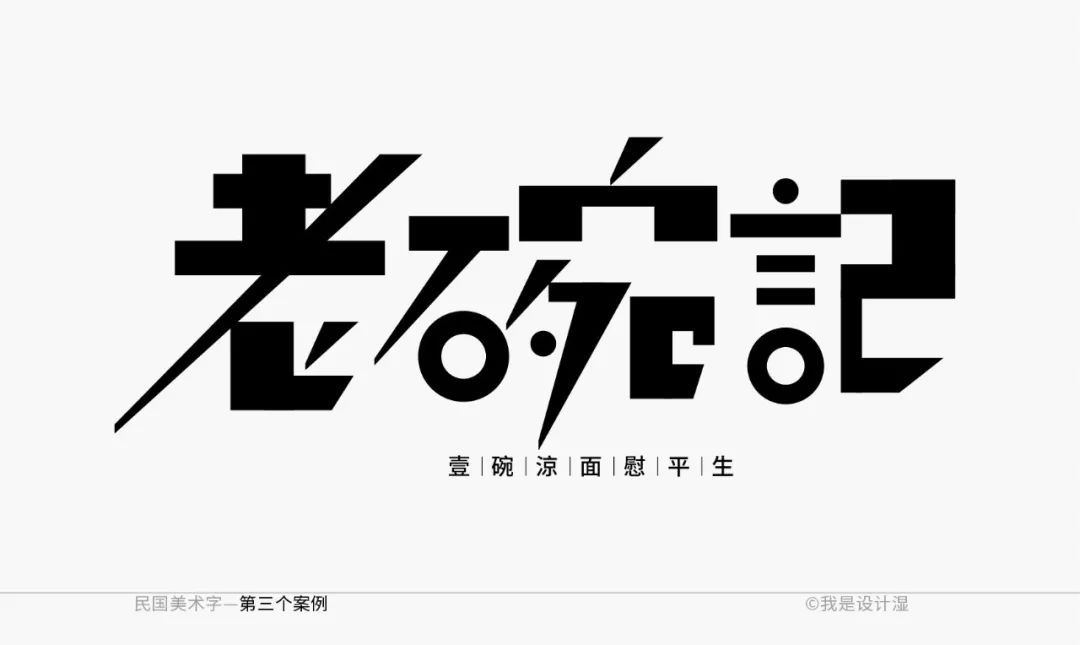
Undoubtedly, the feature of this character is mainly derived from the change of the crisp point, and even the features of other parts can be ignored.
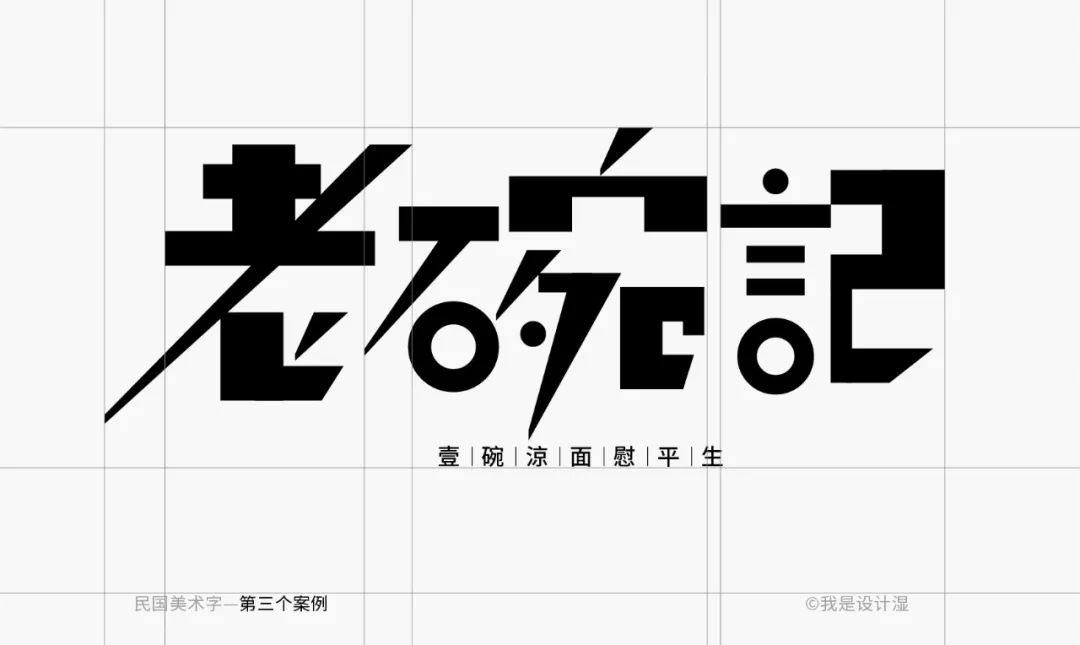
It should be noted that the feature of scribbling and swiping not only comes from the transition of thickness, but also its overall thickness is less than half of the thickness of the vertical pen.
Of course, in order to improve the features, I added some features myself, and the rhythm of the overall layout is more flexible.
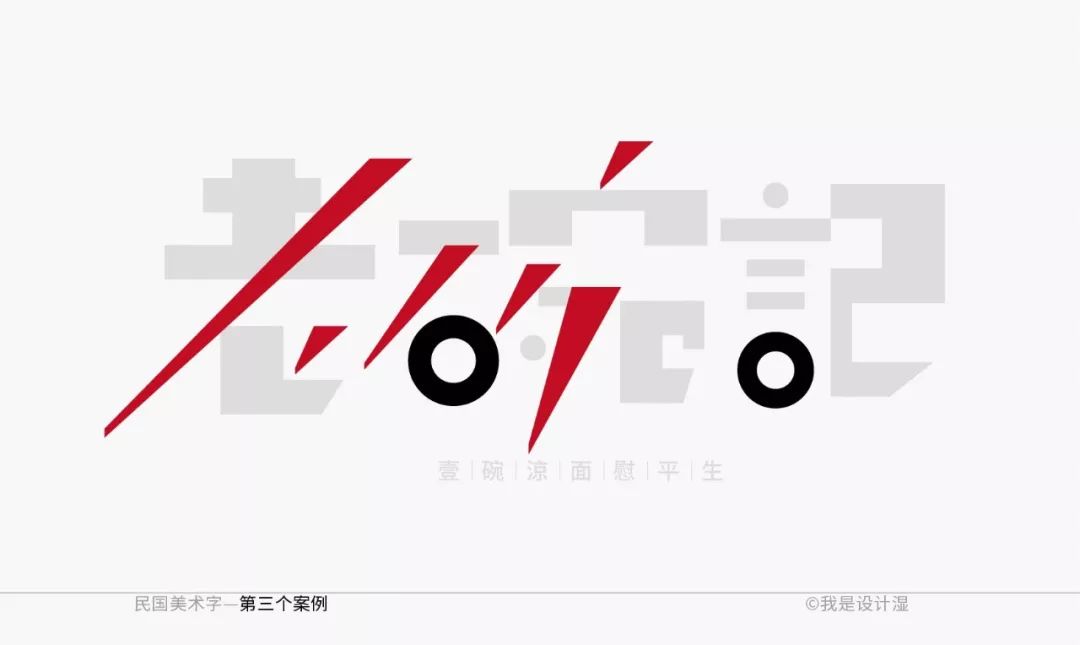
The meaning of the reference line here is mainly to remind that the word spacing should adapt to the blank area, rather than being completely equal.
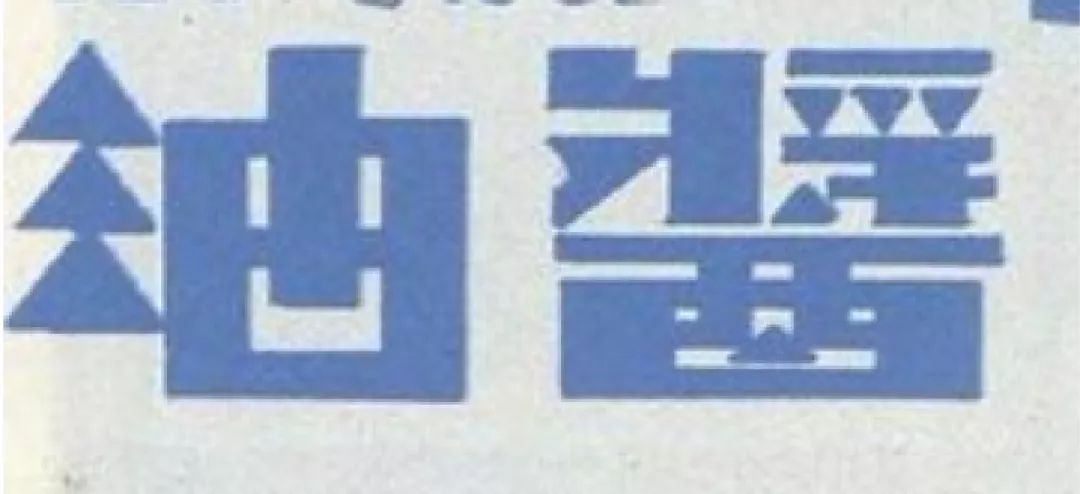
Look at the detailed presentation.
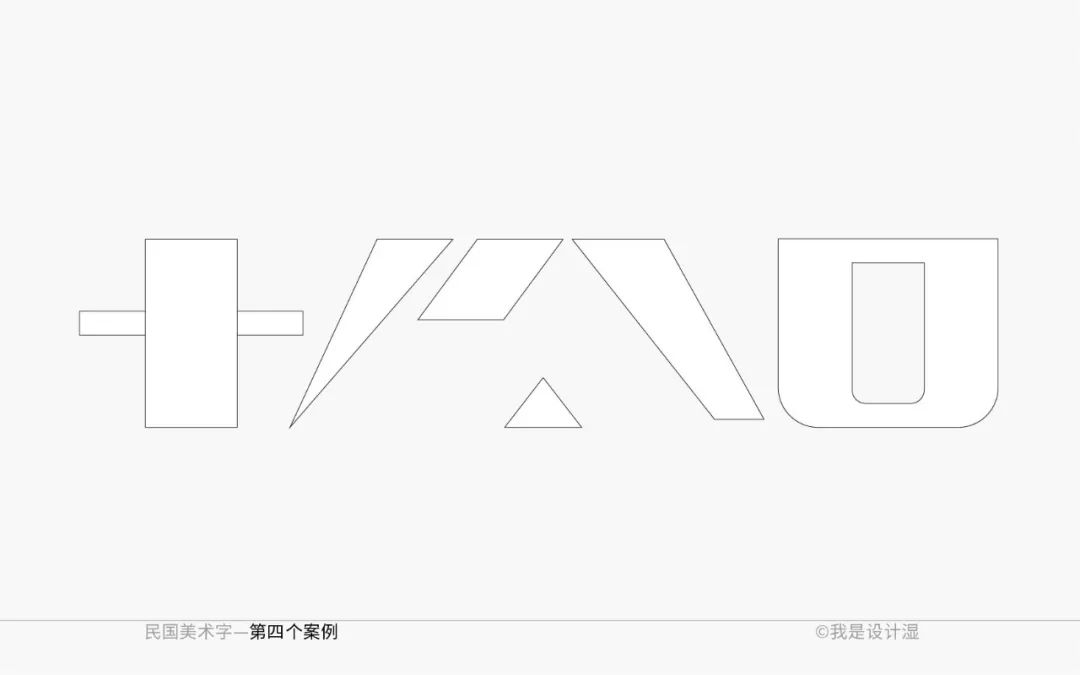
In the fourth case, the characteristics of this group of characters mainly come from the use of triangles. The degree of difficulty is relatively good, and it is not applicable to all questions, and more details need to be considered.
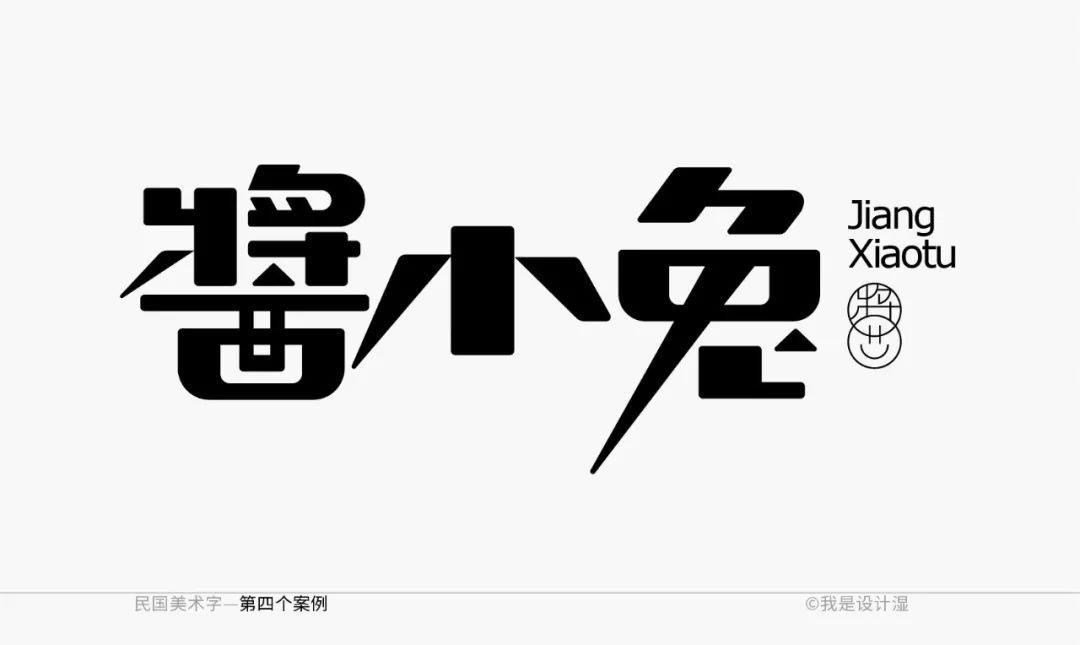
Then my title is "Little Rabbit with Sauce", so I definitely can't make it so tough. Even if I add a triangle, I plan to give it a certain rounded corner, or make the whole more rounded.
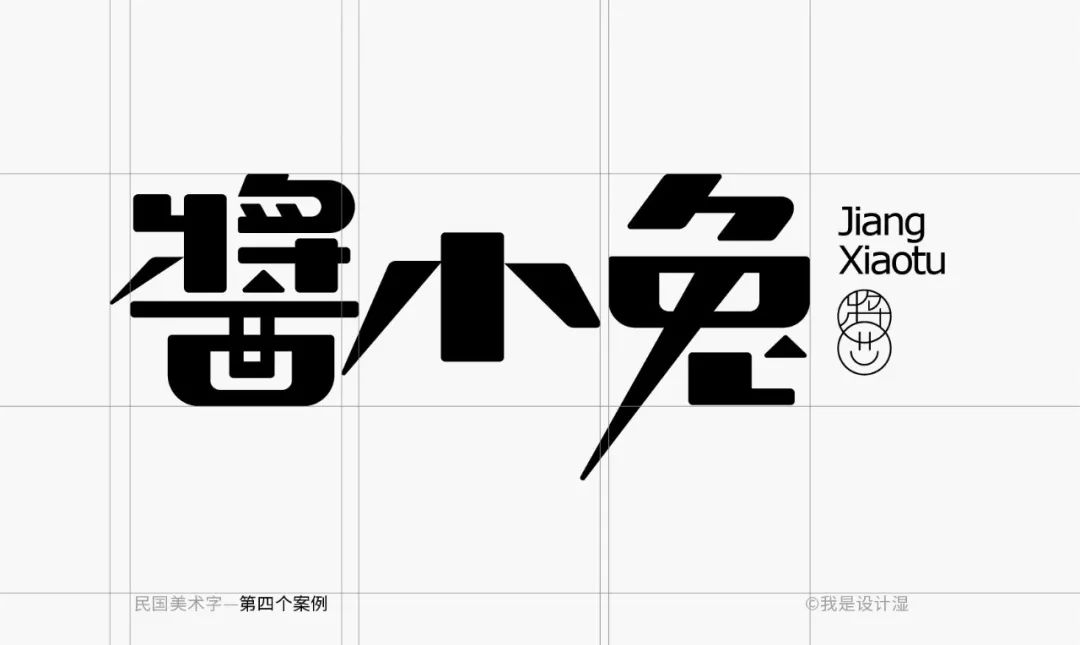
Look at the final result.
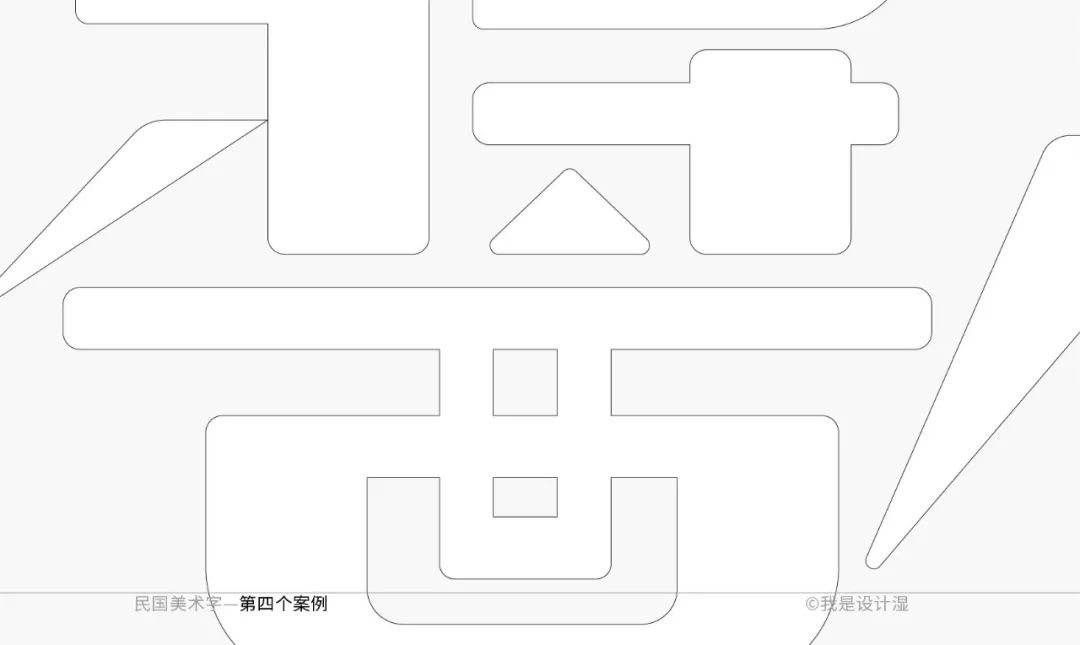
I added rounded corners to the last part. In order to adapt to the feeling of this topic, it should not be as sharp as before.

Look at the detailed presentation.

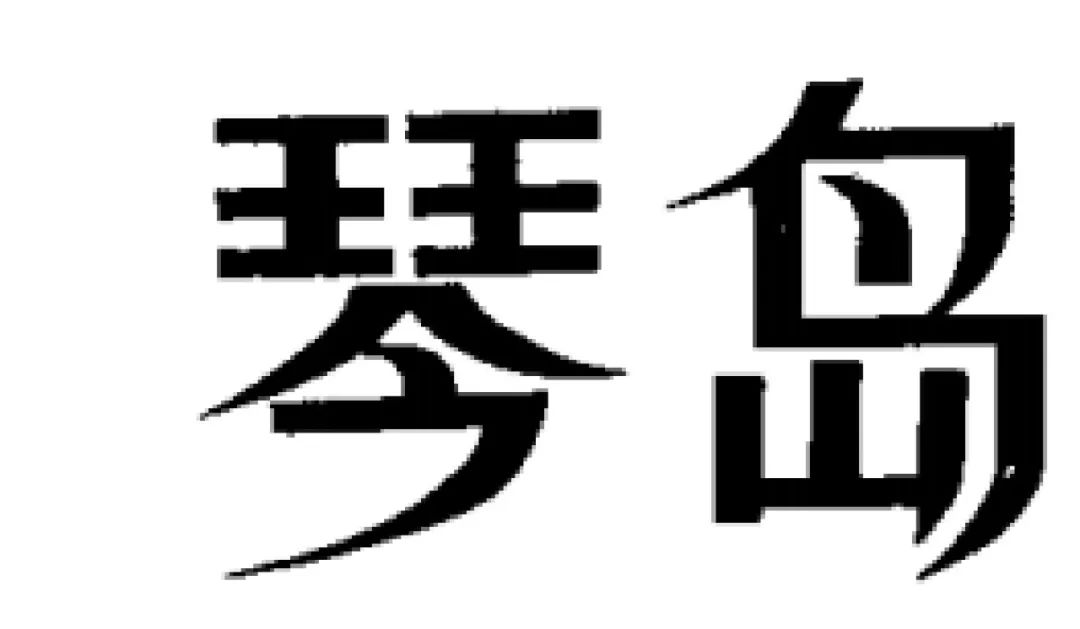
In the fifth case, I found a curvier feeling. After all, the previous demonstration was tough, so I changed the taste.

See reference.
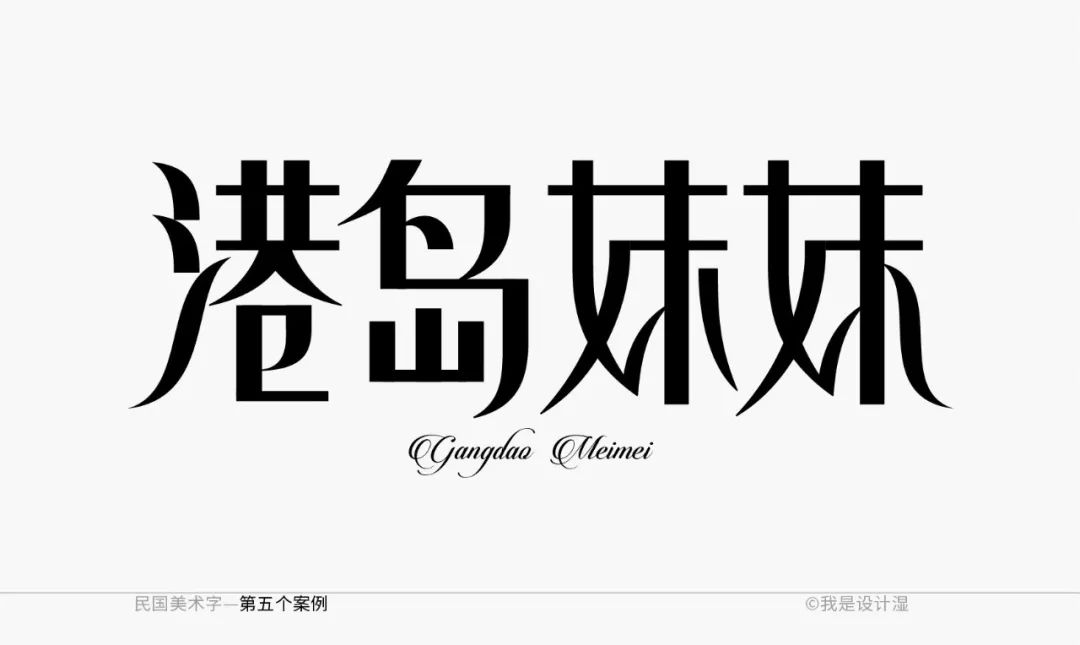
Let’s summarize the basic strokes first, especially for some relatively complex characters, the basic strokes mean the foundation is unified, and there will be no particularly big mistakes.
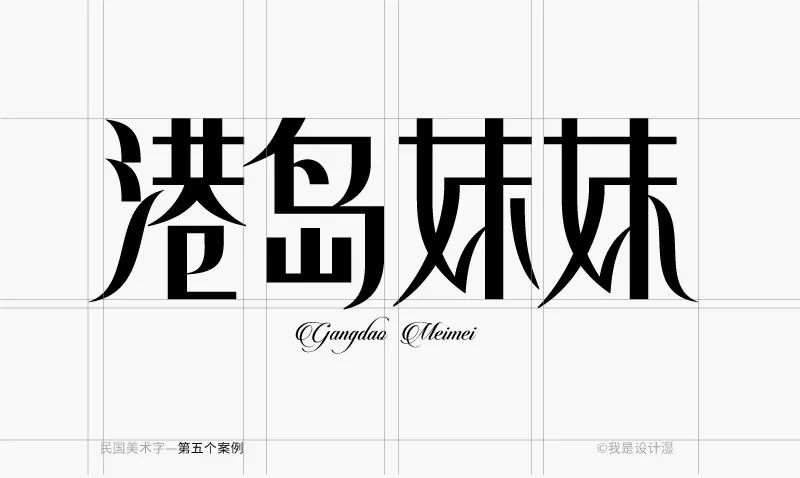
Look at the final result. I matched it with an English with a very strong sense of curve, which fits the title on the one hand and Chinese on the other.

Standard details, once again, even if this reference line is not for showing to customers most of the time, try to draw it once. Many non-standard details may not be noticed before drawing the reference line, and are often easy to ignore.
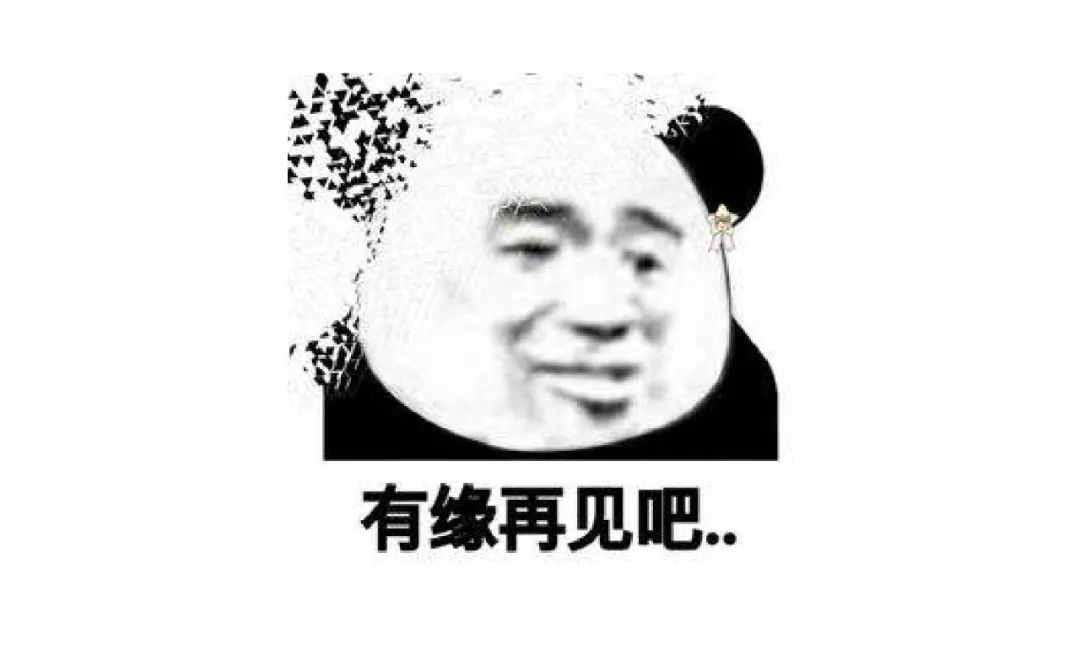
The following are the specific details.

Then this is the end of our content for this issue. I hope that you who have exhausted your inspiration will reopen your mind and learn to use references to start your own new creations.

-------------------------
Guide to previous articles:
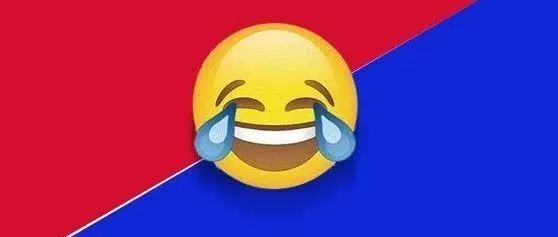
He left Tencent, summed up 8 years of experience and wrote a UI book for newcomers.

This person secretly worked for you for 9 months, just so that you don't have to worry about being fined tens of thousands of yuan!
Good jobs and bad jobs.
-END-
The harder you work, the luckier you get.
This is the right path of Pangmen.
Articles are uploaded by users and are for non-commercial browsing only. Posted by: Lomu, please indicate the source: https://www.daogebangong.com/en/articles/detail/Teach%20you%20how%20to%20copy%20the%20font%20design%20of%20the%20Republic%20of%20China%20style.html

 支付宝扫一扫
支付宝扫一扫 
评论列表(196条)
测试